White plaque on the soil in flower pots is a problem that is encountered not only by beginner growers, but also by experienced lovers of home oases. Plaque brings with it a lot of trouble: the flower becomes lethargic, mold and rot appear, the roots rot, midges begin to fly.
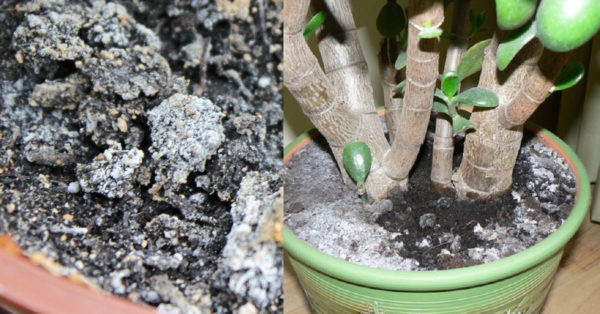
Many believe that the main cause of white plaque on earth is an excess of moisture, but this is not entirely true. We will try to understand this problem and find out the causes of white plaque on the ground in flower pots and how to remove it at home.
Content
Why is the earth in pots covered with white coating
If a white or yellow coating has already formed on the surface, it means that the flower was flooded with hard water. Plaque is a calcareous precipitate that forms when watered with unstable water. It is already becoming clear why white plaque appears on the ground in flower pots
What to do if white plaque appears on the ground in flower pots?
- Remove the root of the plant from the cache-pot and let it dry for 1 hour.
- Transplant the plant into fresh soil.
- If there is no earth, then the contents of the slide must be shaken out and dried in the microwave.
- Spill it with boiling water, and bactericidal agents.
- Plant a flower and dry again 10-15 minutes.
- Further, it can be reused.
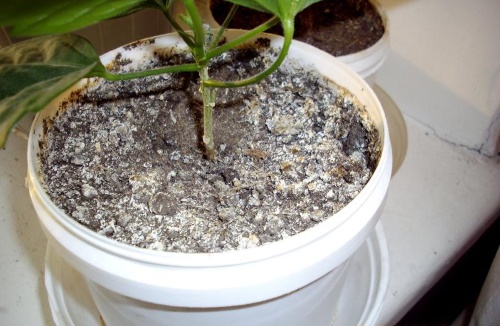
Is the earth in the pot covered with green or white bloom (mold)? Correcting the situation will be much easier. It is necessary to pour sand, ash or clay on top of the main coma. They will help by absorbing excess water. You can use one more option: well fluff up the ground and make deep punctures in it, they will also save the contents from excess moisture
You can just cover the ground in a pot with paper towels - the easiest way.
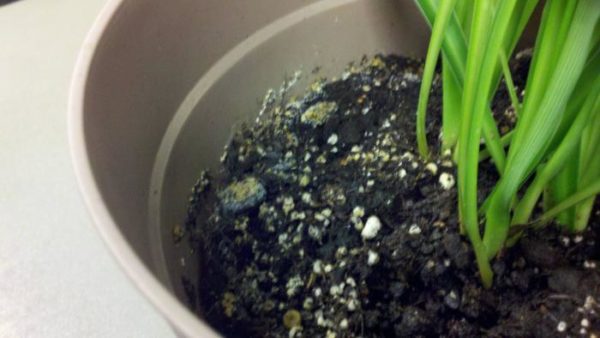
What to do:
- Exclude irrigation with unsteady water.
- Before watering, you can add 0.5 teaspoon of citric acid, or juice from one lemon.
- Remove topsoil and fill the area with fresh leafy substrate.
- Install water purification filters in the house.
- It is useful to lower peat bags into water and to defend it together with them.
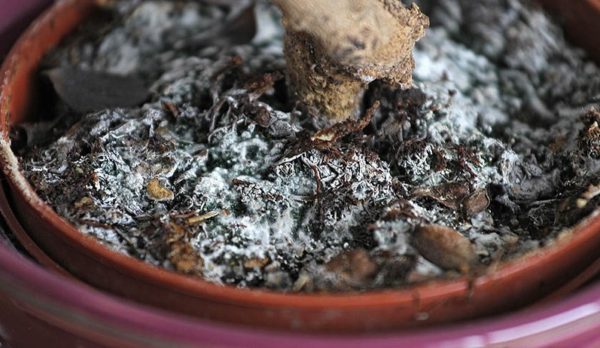
For prevention purposes, it is useful to put clay expanded clay or coarse river sand on top of the earth in a flower pot and fluff up the earth.
Mold Control Methods
Constant humidity of the earth provokes infection with its mold, a flower pot becomes a real nursery. Proper watering and free drainage holes prevent stagnation. But what if the soil is already infected and bugs are wound up?
- Stop watering.
- Dry the root system.
- Replace the topsoil to a depth of 2-3 cm.
If these measures did not succeed, then it will be necessary to do a complete transplant.
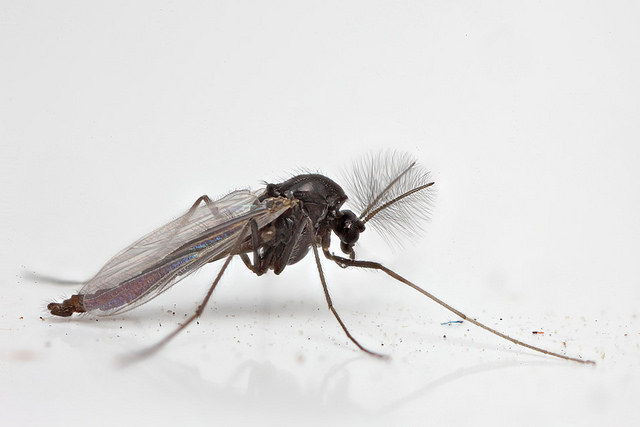 You may be interested in:
You may be interested in:Plant transplant
For this, an earthen lump along with the roots is pulled out of the pot and left to dry for 2 days.If a ceramic pot is used for planting, then it needs to be boiled for 20 minutes, if the pot is plastic or plastic, it is better to get rid of it, since fungus spores remain on its edges, which will still maintain fertility for several years.
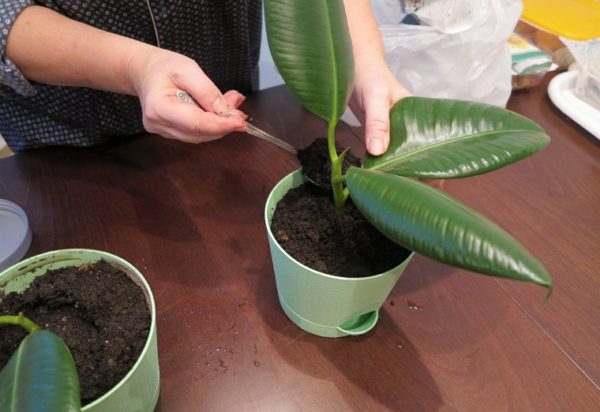
After two days, it is necessary to gently shake the roots and disinfect them. The old soil needs to be thrown out, and before planting, the new one should be steamed in a water bath or in a microwave cabinet.
Expanded clay necessarily lies at the bottom of the pot, then earth is poured, a flower is planted and sprinkled with large river sand on top. What will it give? First of all, the regulation of air flow to the roots, and therefore a decrease in humidity. Similar method planting plants will help if the overflow is small and random.
Soil disinfection
The soil disinfection method is considered one of the most effective. It helps not only destroy odor and mold, but also completely destroys spores.
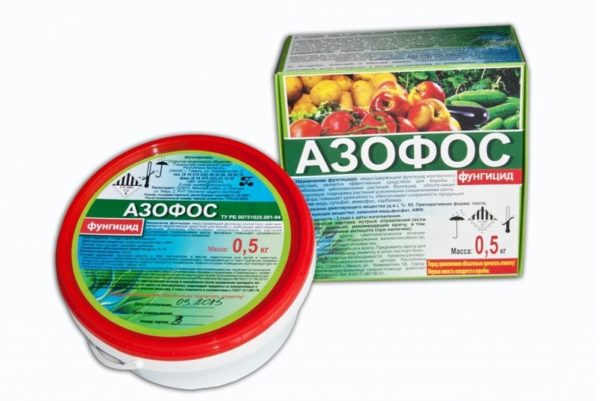
The procedure is carried out according to the plan:
- As much as possible to clear roots from the earth.
- Collect the soil and put it in a container.
- Pour boiling water over it.
- Pierce in the oven for 30 minutes.
- Cool completely.
- To process a pot with a disinfectant.
- Pour the earth into a pots and plant a plant.

The soil can also be kept in a water bath. For this purpose, water is poured into the pan, a colander or sieve with gauze folded into several layers is placed on top. When the water boils, they fill the soil and cover it. Thus, the earth is steamed for at least 30 minutes. The planted plant after complete cooling of the soil.
The earth must be fertilized or fed with minerals, you can add yeast.
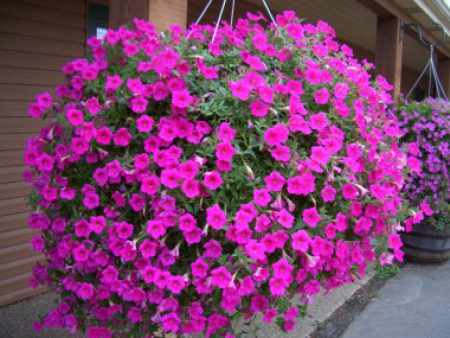 You may be interested in:
You may be interested in:Purchased anti-mildew products
Perfectly help to remove moldiness purchased funds. Today, a large number of them are sold in specialized flower shops. The seller will select the necessary preparation for the purpose for processing the soil cover or the plant itself, tell you what to do with it.
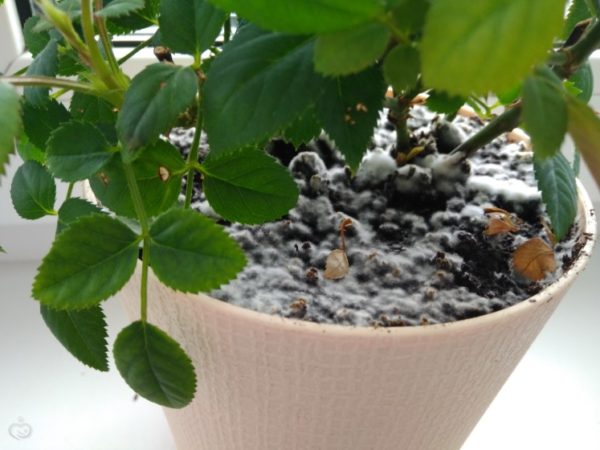
Also consider the options for choosing a chemical agent:
- Features of the plant.
- For what type of soil.
- Fertilizer availability for the last month.
- The amount of spread of fungal infection.
It is best to select a ready-made solution of organic origin. They have already selected ingredients that block the further reproduction of fungal spores in the soil.
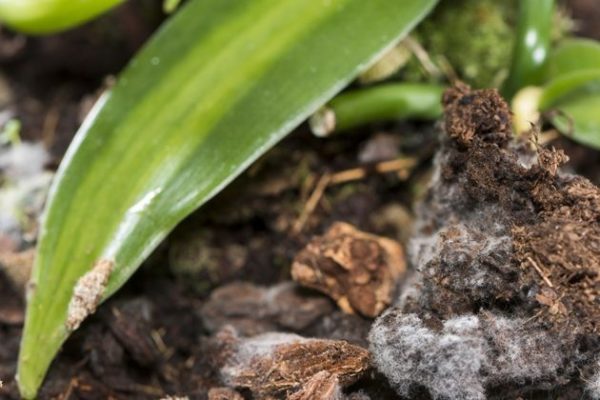
Alternative methods of treating white plaque
There are folk remedies to combat mold on earth, but they are effective only at the very beginning of the disease.
- after planting, sprinkle the earth with sand or expanded clay;
- if mold has already begun, transplant the plant into another soil, and on top put a few cloves of garlic until it dries completely, then replace them with new ones;
- when a white coating appears, remove the top layer of the earth, pour fresh, and on top of the soil put 5-6 tablets of activated carbon;
- a solution of citric acid will help get rid of mold, in a liter jar of 0.5 teaspoon. They can be watered only those plants that take acidic soil.
Prevention of land against white plaque (mold)
To overcome the fungus in a flower pot is not always easy, it takes more than one day, it happens that a week is not enough. Therefore, it is always easier to prevent infection than to treat it later.
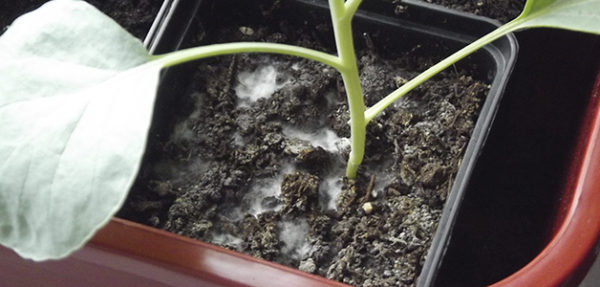
Prevention measures:
- Constant loosening of the soil, especially after irrigation.This will provide additional air and evaporation of excess moisture.
- Providing good and reliable drainage. This is one of the main conditions for planting a flower. It is important that it passes water well.
- The correct selection of pots or pots. The pots need to be selected depending on the shape and location of the roots.
- Regularly feed. Quality fertilizers help the plant withstand stress.
- Monthly treatment with a weak solution of potassium permanganate. Potassium permanganate will disinfect the soil.
- Airing of rooms. Daily ventilation is necessary plants, but this does not mean that you need to arrange drafts.
- Creating the optimal level of humidity.
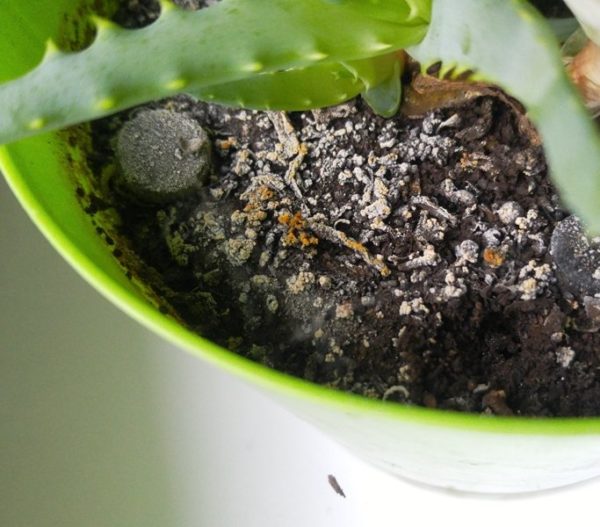
By following simple and simple tips, you can prevent the appearance of white plaque and such fungi as mold.




 10 beautiful annuals that bloom all summer
10 beautiful annuals that bloom all summer Sow in the ground, without seedlings: 10 beautiful and unpretentious flowers
Sow in the ground, without seedlings: 10 beautiful and unpretentious flowers Platicodon planting and outdoor care
Platicodon planting and outdoor care Hosta - planting and care in the open ground in the Urals
Hosta - planting and care in the open ground in the Urals
Thank you very much!!!